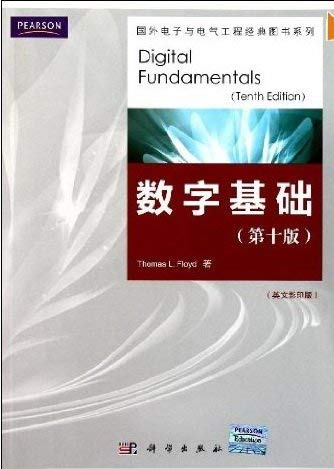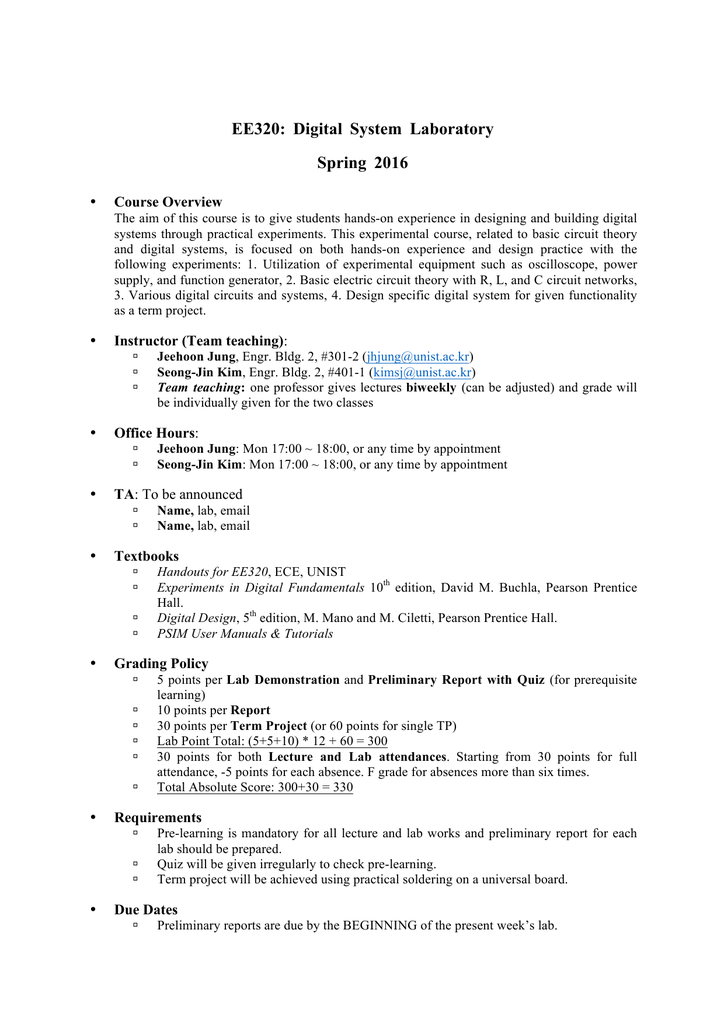
A simplified write operation is shown in which new data overwrites the original data. Summary Read and Write Operations The two main memory operations are called read and write. Depending on the type of memory, other signals may be required. Summary Memory Addressing In addition to the address bus and data bus, semiconductor memories have read and write control signals and chip select signals. Output Enable (OE) is active during a read operation, otherwise it is inactive. ReadEnable (RE) and WriteEnable (WE) signals are sent from the CPU to memory to control data transfer to or from memory. All other inputs are ignored if the Chip Select is not active. A 32 bit address bus can access 232 locations, which is approximately 4G.Ĭhip Select (CS) or Chip Enable (CE) is used as part of address decoding. Its size determines the number of locations that can be accessed. The address bus is a group of conductors with a common function. Data is then moved to or from the data bus. Internal decoders decode the address to determine the specific location. Summary Memory Addressing In order to read or write to a specific memory location, a binary code is placed on the address bus. Typical computer memories have 256 MB or more of capacity.

For historical reasons, assembly language defines a word as exactly two bytes. By this definition, a word is equal to the internal register size (usually 16, 32, or 64 bits). Generally, a word is defined as the number of bits handled as one entity by a computer. Computer memories are organized into multiples of bytes called words. The most common unit is the byte, which by definition is 8 bits. Summary Memory Units Memories store data in units from one to eight bits.

Digital Fundamentals Tenth Edition Floyd Chapter 10


 0 kommentar(er)
0 kommentar(er)
